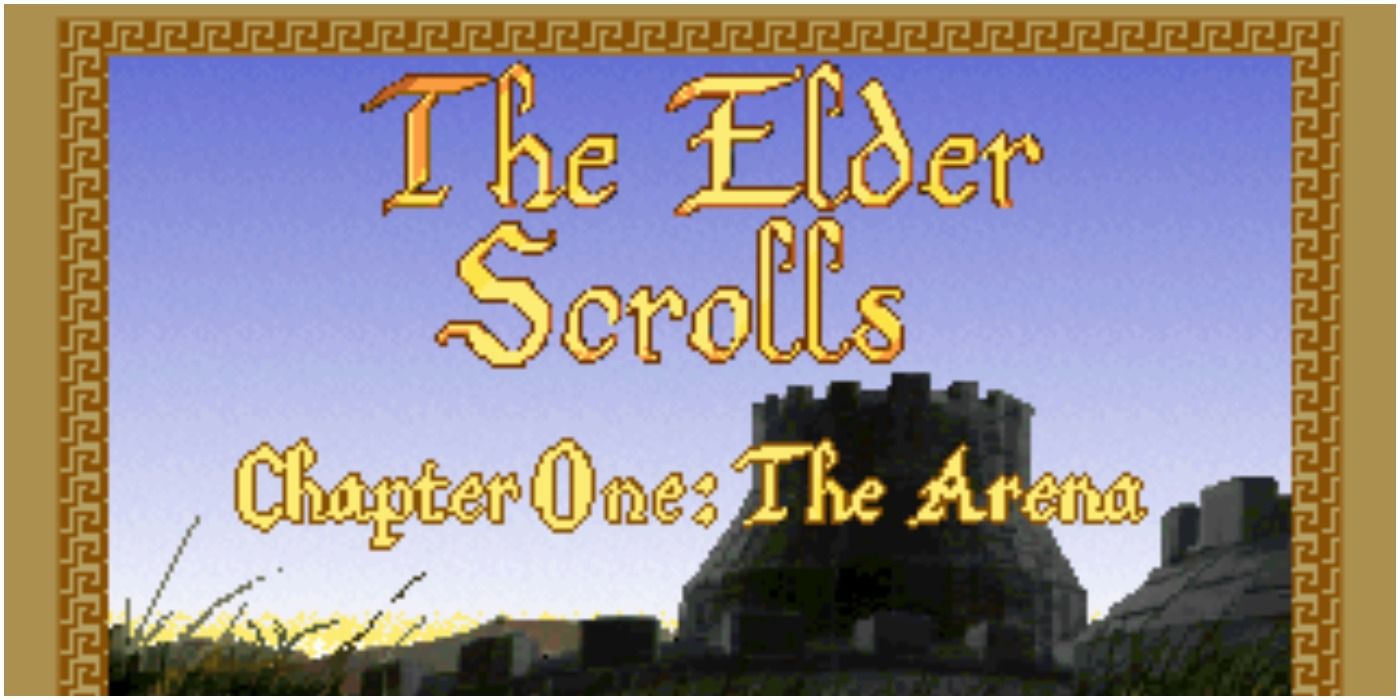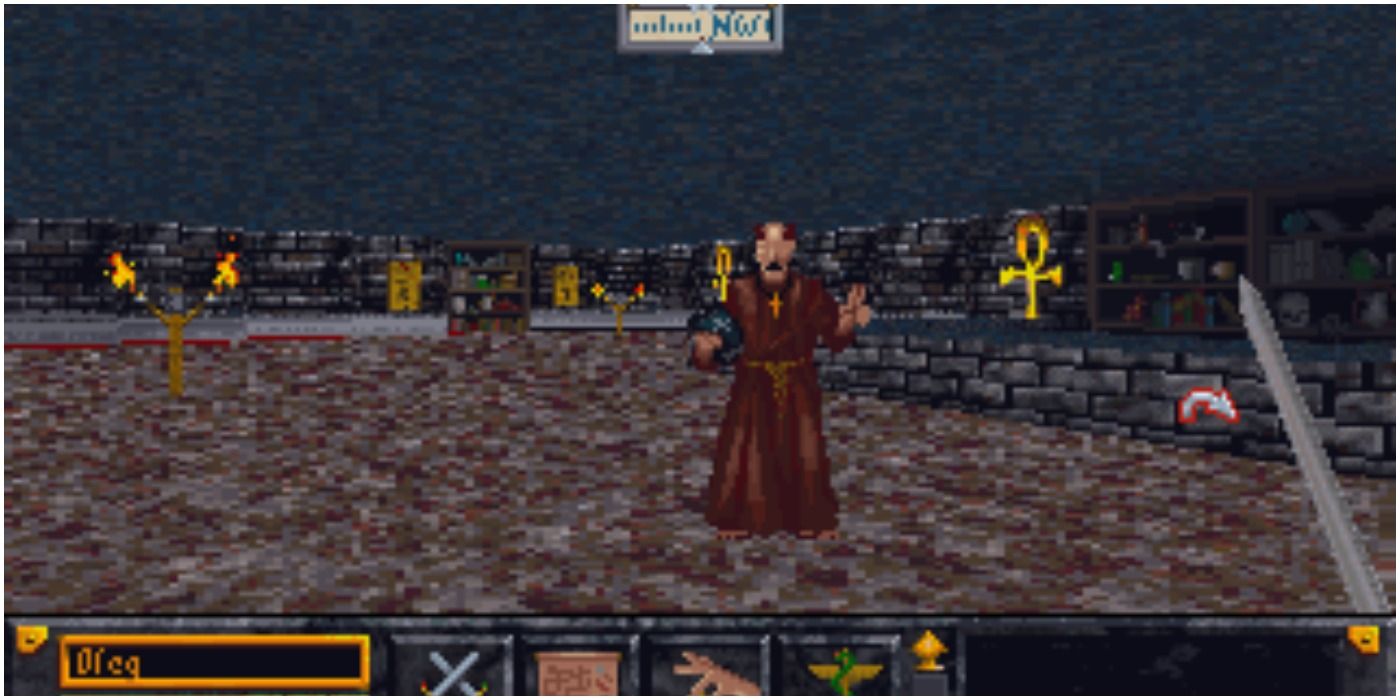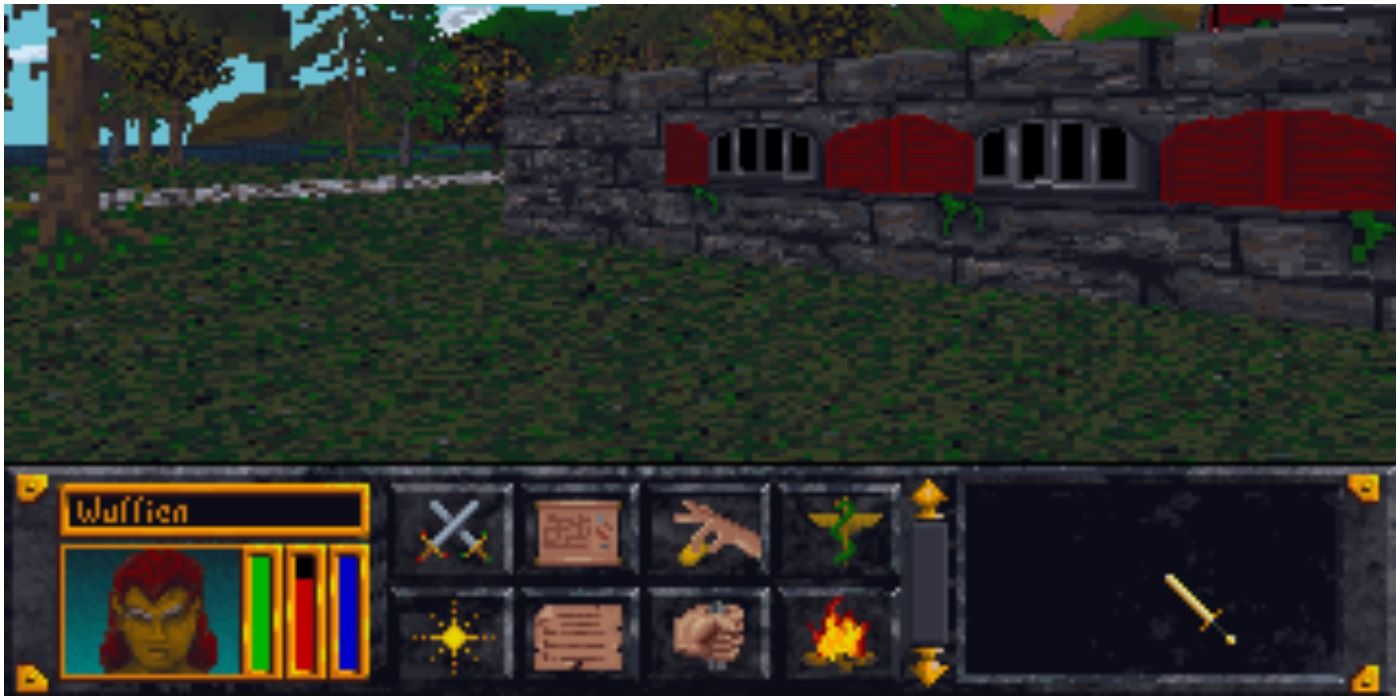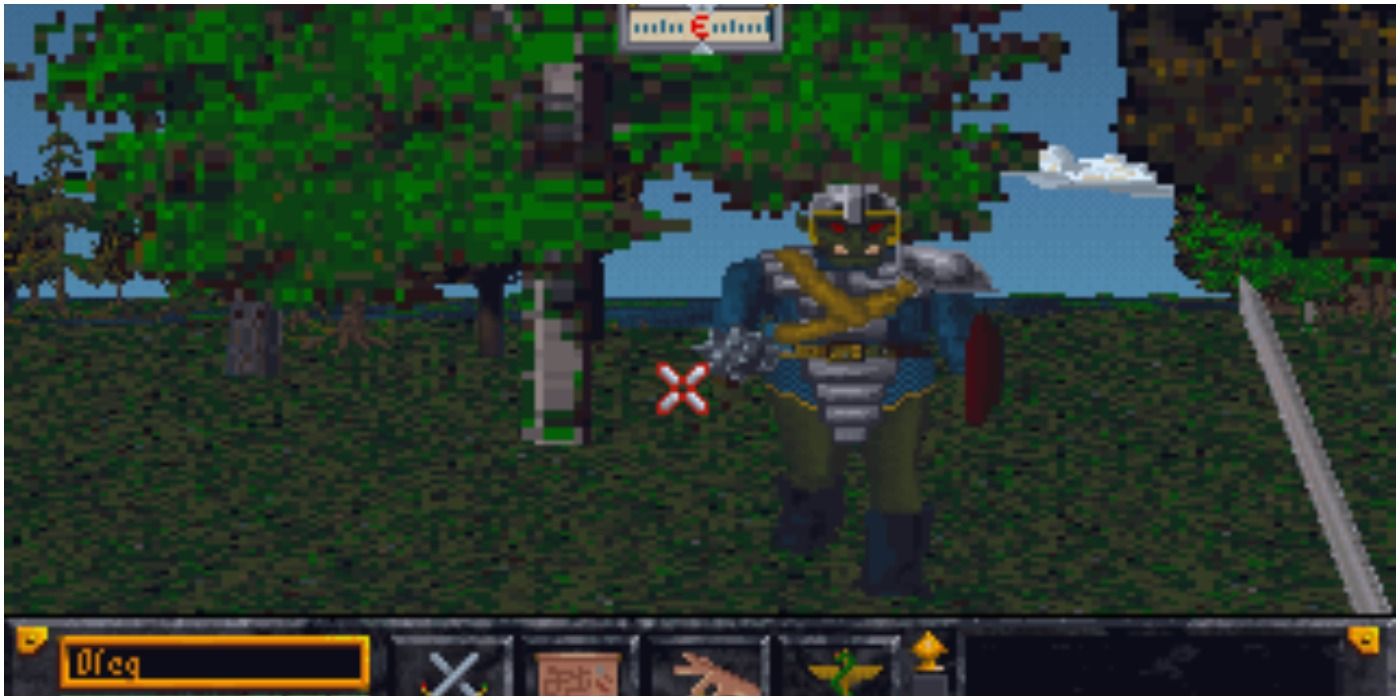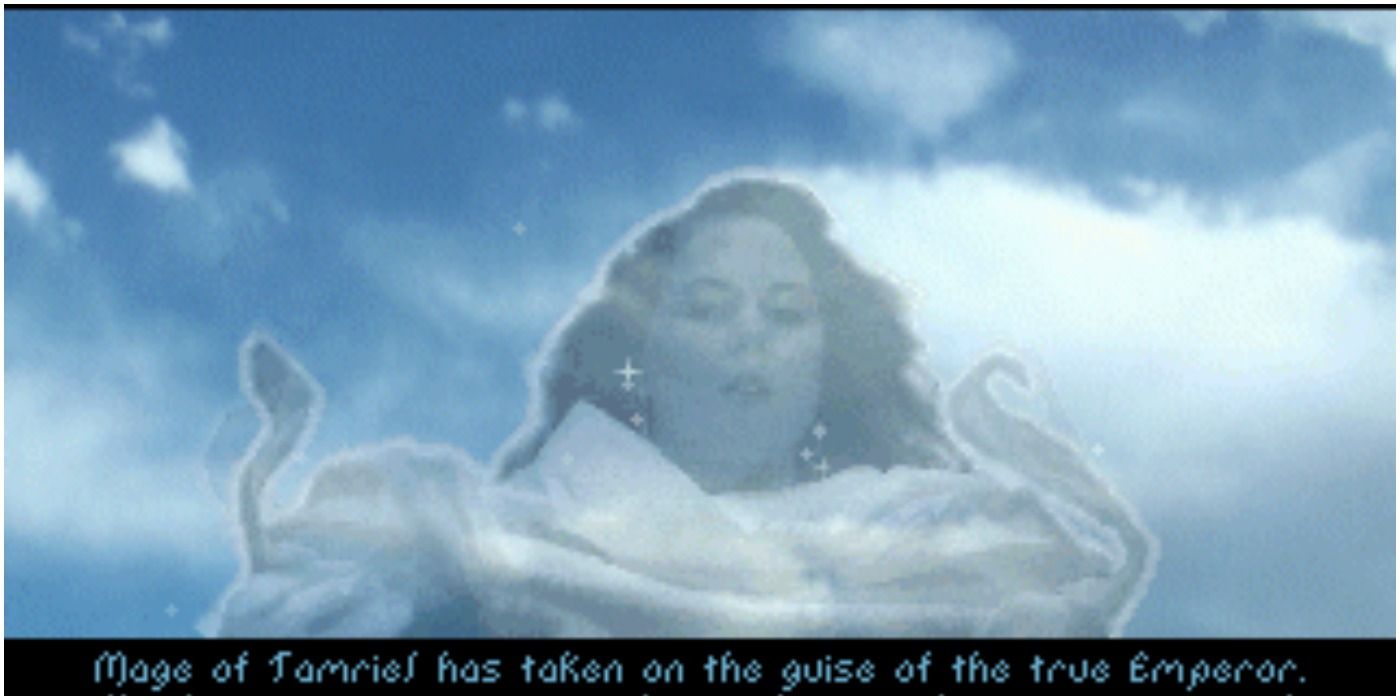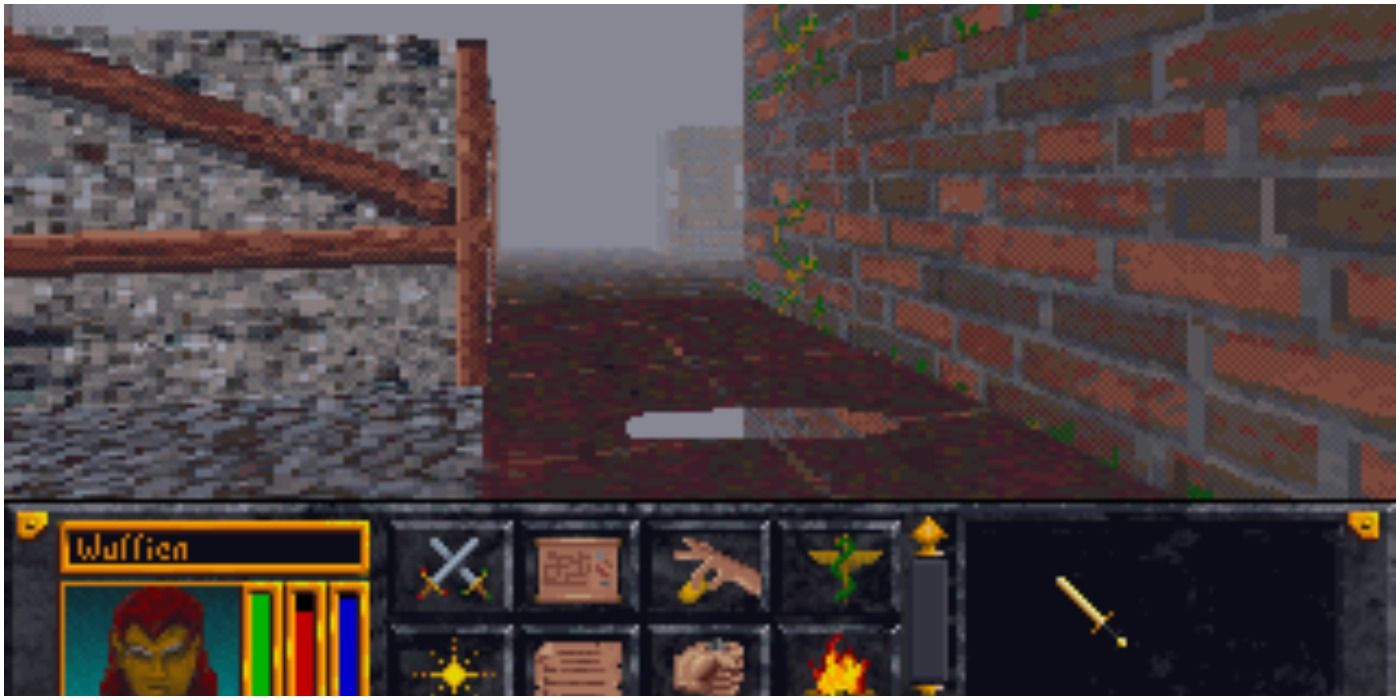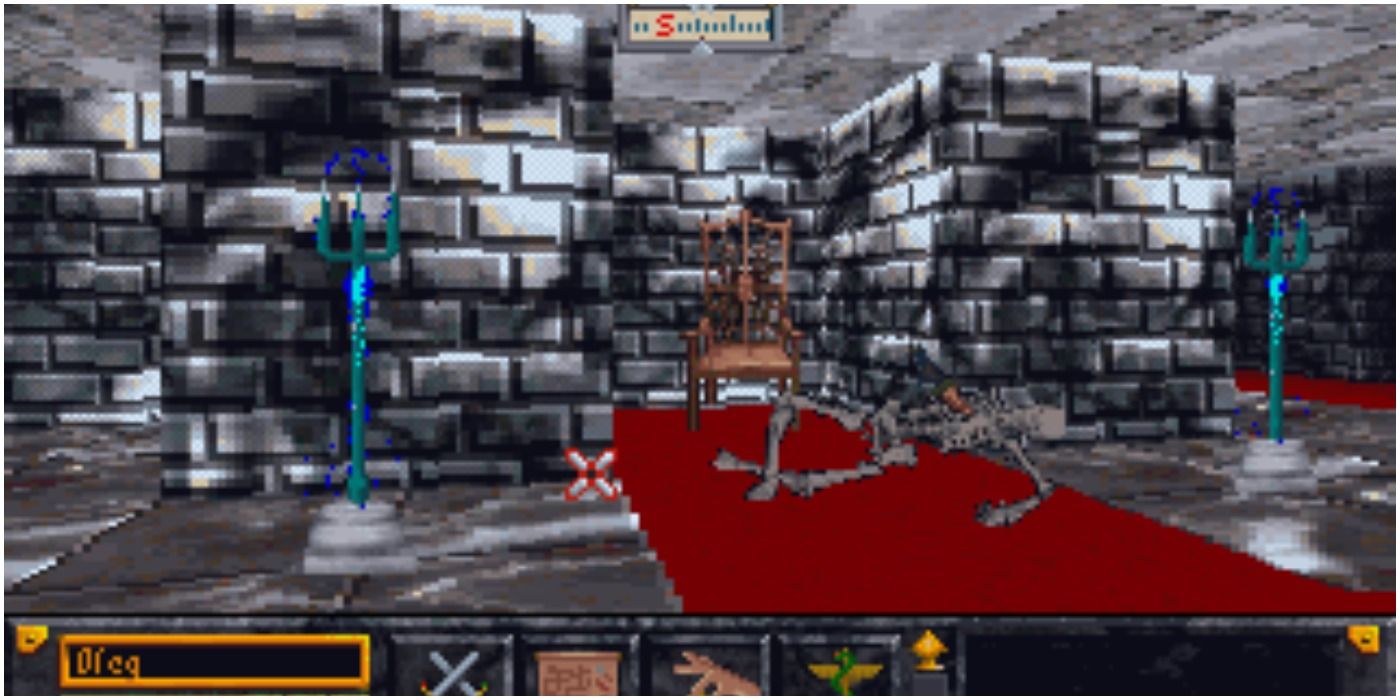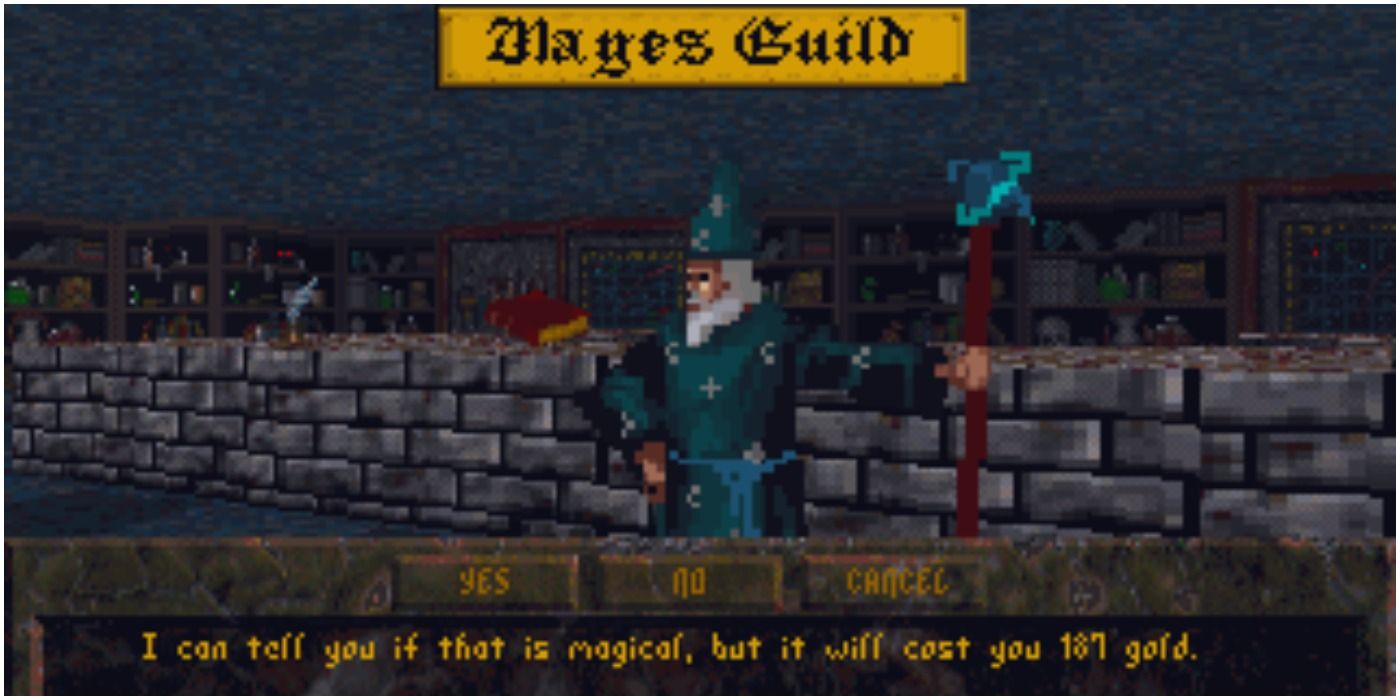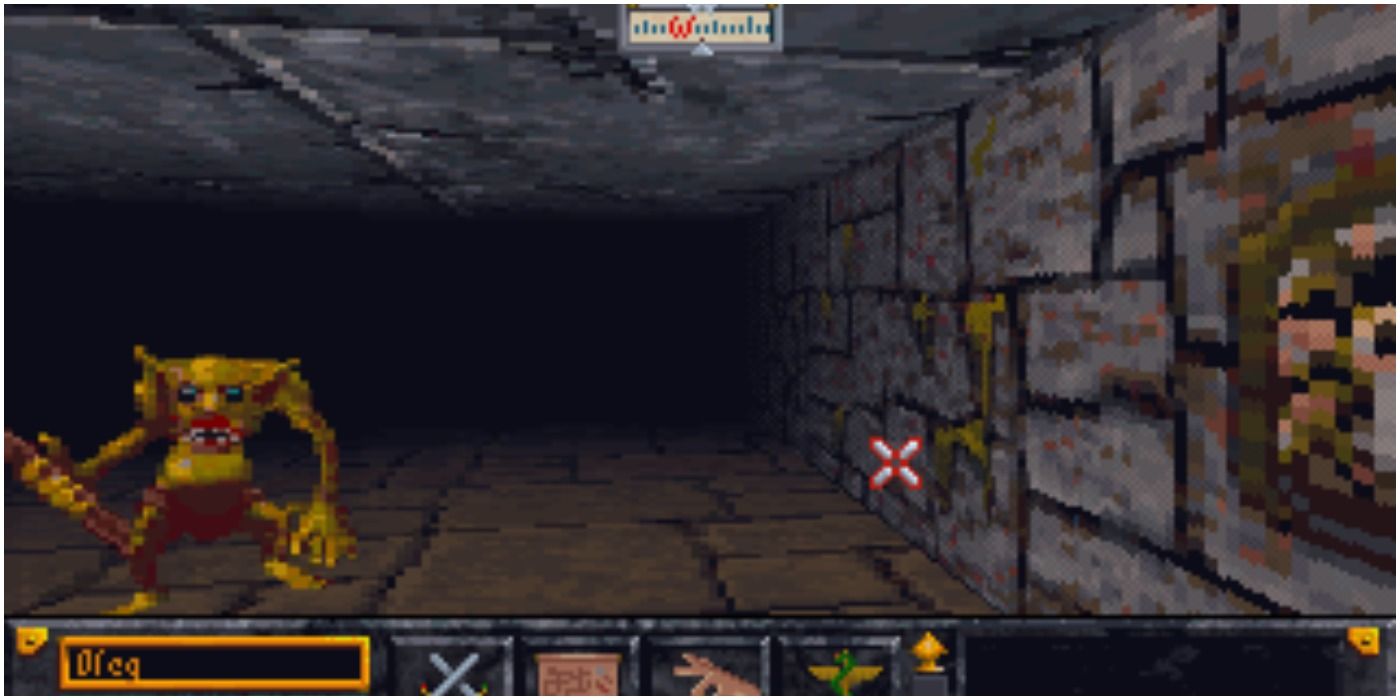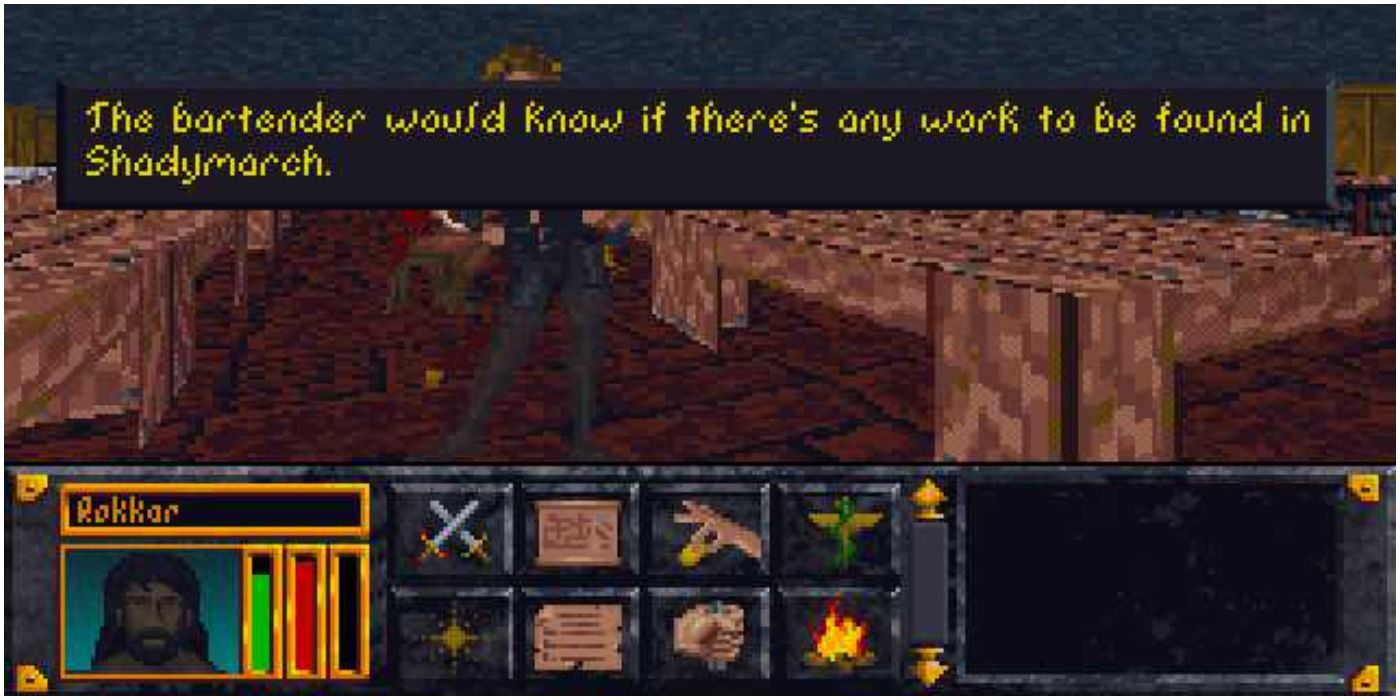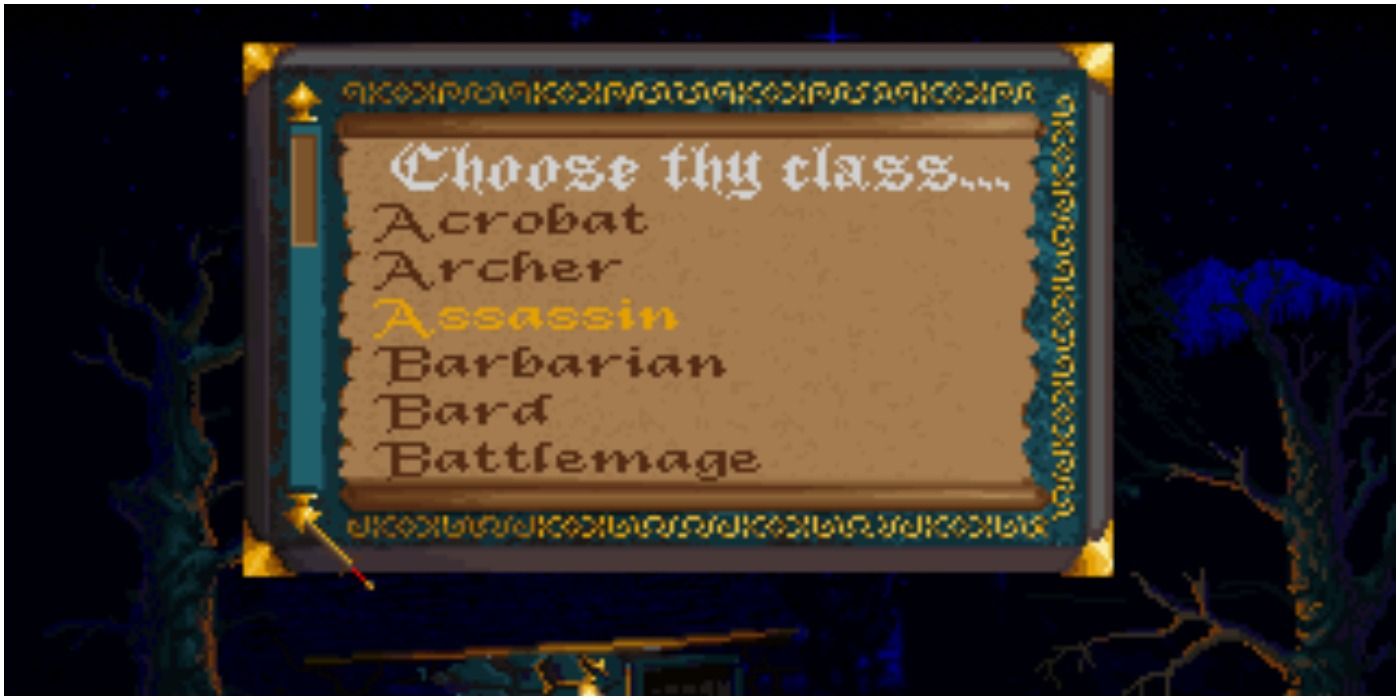The Elder Scrolls: Arena is quite an old game by today’s standards — it was released all the way back in 1994. It was quite revolutionary for its time, with a massive procedurally generated world, many races to choose from, and the entire continent of Tamriel to explore (a feat that may only be matched by The Elder Scrolls Online today).
Despite it being the forebearer of all Elder Scrolls games and the first entry in the franchise, it feels quite different from the games loved by millions today. There are some quirks to Arena that only players of the game might be aware of.
10 There Are No Arenas In Arena
Yes, that’s right. Despite its name, there is not a single Arena in The Elder Scrolls: Arena. This is likely due to the fact that the game was initially developed as an arena battle simulator but turned into the high fantasy adventure game that we’re familiar with today.
This hasn’t stopped arenas showing up in later installments, however. Oblivion has the most stand-out version, with the Imperial City’s arena being just one of the game’s many prominent side quest factions that the player can join.
9 Fast Travel Is Mandatory
With the entire continent of Tamriel to explore, it may sound like a fun idea to see how long it takes to walk from one edge of the land to the other. In Arena, however, this is just not a feasible task, much to the chagrin of those players who abhor fast travel.
The game’s travel system revolves around its fast travel feature. You can exit a city or settlement, sure, but if you keep walking you will simply encounter more randomly generated land. You will always be considered on the outskirts of the location you last traveled to and you will never reach a new town or settlement.
8 Two Races Are Missing
While there are many races present in the wide-reaching, deep lore of Nirn (the world of The Elder Scrolls), there are classically only ten of them accessible to players. Each of these is associated with a single province of the continent of Tamriel (with the exception of Orcs). Of these ten, only eight of them are playable in Arena.
While Orcs are in the game, they are only enemies — shifty beings akin to goblins that populate the dungeons that the player must traverse. The Imperials, however, have no such excuse for their exclusion, as they simply do not exist yet. The Imperial Province has no particular race associated with it yet and is populated with Redguards during the events of Arena.
7 Ria Silmane Is Likely A Programmer
Once the apprentice of Arena’s big baddie, Ria Silmane was a battlemage who died ten years before the beginning of the game. This didn’t finish her off, however, and she appears as a spirit (with wonderful stop-motion effects) to guide the player through the main quest of Arena, culminating in the defeat of Jagar Tharn and freeing Emperor Uriel Septim VII.
In an interview with game designer Ted Peterson, it was revealed that Silmane’s actor was likely one of the two female programmers who were working at Bethesda at the time — Jennifer Pratt or Foroozan Soltani.
6 Arena Takes Place 34 Years Before Oblivion
It may surprise players to know that despite its dated looks, the plot of Arena is not as old as it seems. In fact, it takes place only 34 years before the events of The Elder Scrolls IV: Oblivion. Arena kicks off in the year 3E 399 (that’s the 399th year of the Third Era), and Oblivion starts in 3E 433 (the 433rd year of the same Era).
This rather short timescale explains how Uriel Septim VII can play a large role in both games. For reference, Daggerfall takes place in 3E 405 (six years after Arena) and Morrowind takes place in 3E 427 (28 years after Arena).
5 You Start Imprisoned
This one may be less surprising for longtime players of the franchise. Arena begins the tradition long-held by Elder Scrolls games by starting the player off imprisoned for some reason or another. In Arena, the game tells you in no uncertain terms that you've been left in your prison cell to die but does note that, prior to this, you were a part of the Imperial Court.
The fact that the game decides your backstory is rather notable, though. Future games in the series are less candid about the player character’s reason for imprisonment, and while there are sometimes twists, like being sentenced to death in Skyrim or exiled in Morrowind, Arena’s prison break remains a franchise-defining moment.
4 Foreshadowing Artifacts
Despite quite a lot of the background lore of Tamriel not being established until future titles, many classic artifacts were introduced in Arena. Some of these would become recurring artifacts of power, such as the Necromancer’s Amulet, which appears in every mainline game since Arena, and is particularly important during Oblivion’s Mage’s Guild questline.
Others would be tied to the Aedra and Daedra of the universe — concepts that weren’t exactly fleshed out in Arena. For example, the Oghma Infinium appears without a single mention of the Daedra that it is usually associated with, Hermaeus Mora. Conversely, Boethiah is mentioned in dialogue concerning the Ebony Mail, but only as a capricious Dark Elven goddess and not as a Daedric Prince.
3 You Can Rearrange Dungeons With Magic
The magic system of Arena could get a little funky, and it is no surprise considering the sheer range of spell effects that the game has. You can turn invisible, levitate, reflect spells, and silence enemy mages – all things that mages can do in future games.
What is very surprising, however, is that there exist spells that can both create and destroy walls within dungeons. These can be used to block strong enemies off, pass through confusing mazes, and even bypass entire puzzles.
2 You Can Get TOO Drunk
The Elder Scrolls has never shied away from the wide, wide world of mind-altering substances. Many games explore the perils of alcoholism and even addiction to harder drugs like Skooma. In Arena however, it’s possible to get into a bit of trouble as a player.
Bartenders can sell you drinks, and these work as alcoholic drinks often do in these games: they increase Strength, Willpower, Endurance, and Luck scores at the expense of Intelligence, Agility, Speed, and Personality scores. Interestingly, this stat alteration only occurs when you drink enough to get drunk. This is a nice bit of realism that isn’t often seen in the games of today.
What’s more, if you drink too much, your stats will continue to increase and decrease. While the increased stats will hit an upper limit, the decreasing stats can hit 0, which means death — quite a brutal integration of alcohol into a video game.
1 The Game Has Been Freeware Since 2004
Arena was by far the least popular game of The Elder Scrolls franchise, but this makes sense considering that it’s the first entry in a new series. As technology marched on, Bethesda released better, deeper games that the gaming community has absolutely fallen in love with.
Despite that, in 2004 they released Arena for free. While it is a far cry from the gameplay of the more modern titles, it is still a landmark release in gaming history and worth giving a go — even if it’s just to see where the franchise originated. A full download can be found on Bethesda’s website.

